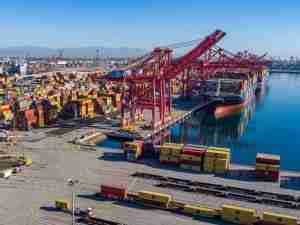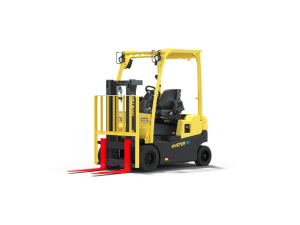“US Customs and Border Protection is committed to strongly enforcing our trade agreements,” said CBP Commissioner Ralph Basham. “We will continue to work with members of the trade community and other federal agencies to pursue importers who make false declarations in order to circumvent import quotas.”
“I am pleased that CBP has taken strong measures to detect and cease illegal textile transshipments,” said Matt Priest, Chairman of the Committee for the Implementation of Textile Agreements. “CITA will continue to work with CBP to ensure that China upholds its responsibilities under the safeguard agreement.”
“We applaud CBP’s efforts, and those of our trading partners, in working to ensure the integrity of our agreement with China. Customs enforcement measures, such as the action taken today by CBP, are a vital component of our trade policy regime” said Scott Quesenberry, Special Textile Negotiator for the Office of the US Trade Representative.
CBP maintains a robust trade enforcement program to ensure compliance with laws and regulations governing all imports. Due to the high-risk that traders of textile and apparel products will attempt to avoid these restrictions, CBP has designated the industry as a Priority Trade Issue and has initiated enforcement actions against culpable importers involved with these shipments. Eleven different countries were incorrectly declared as the country of origin for the Chinese apparel which is valued in excess of $80 million. The apparel charged to China’s quota is covered by 10 different quota levels, including large quantities of cotton knit shirts and cotton trousers. The countries and economies most often declared as the country of origin for the goods were Philippines, Korea, United Arab Emirates, Russia, Bangladesh, Indonesia, Taiwan and Malaysia. Shipments of Chinese apparel were also declared as products of the Czech Republic, Vietnam and Thailand.
On November 8, 2005, the United States Trade Representative and China’s Minister of Commerce signed a Memorandum of Understanding (MOU) concerning Trade in Textile and Apparel Products, which establishes agreed import levels for certain cotton, wool, man-made fiber, silk blend and other vegetable fiber textiles and textile products, produced or manufactured in China and exported to the United States during three one-year periods beginning on January 1, 2006 and extending through December 31, 2008.
The value of all apparel imports in 2006 was $71.6 billion and the value of all apparel imports in 2007 was $73.9 billion. Imports declared as products of China account for about 30% of all apparel imports. (Dept. of Commerce/OTEXA/Major Shippers Report, Category 1- Total Apparel Imports)
The Committee for the Implementation of Textile Agreements (CITA), an interagency group chaired by the Department of Commerce, is responsible for supervising the implementation of all textile trade agreements.
“The Office of the US Trade Representative (USTR) is responsible for developing and coordinating US international trade, commodity, and direct investment policy, and overseeing negotiations with other countries.”
US Customs and Border Protection is the unified border agency within the Department of Homeland Security charged with the management, control and protection of our nation's borders at and between official ports of entry. CBP is charged with keeping terrorists and terrorist weapons out of the country whil









